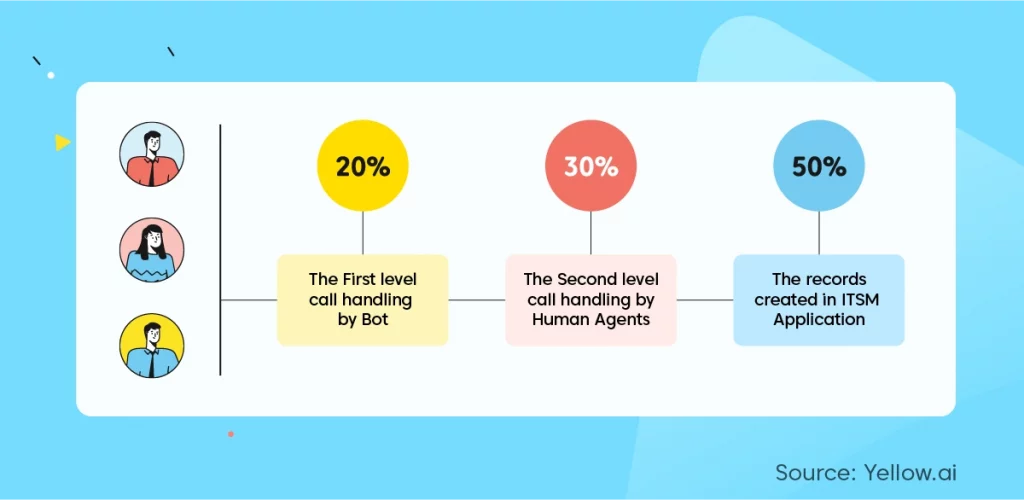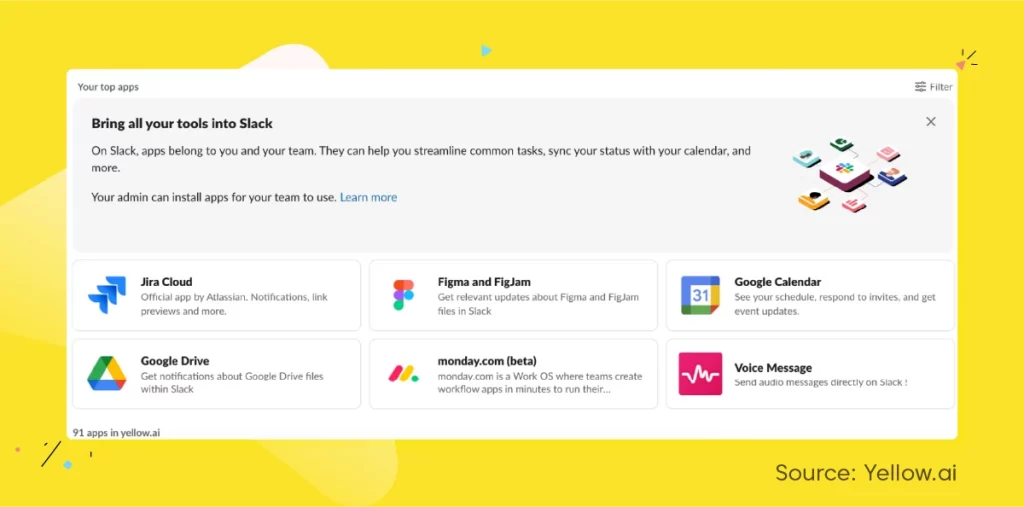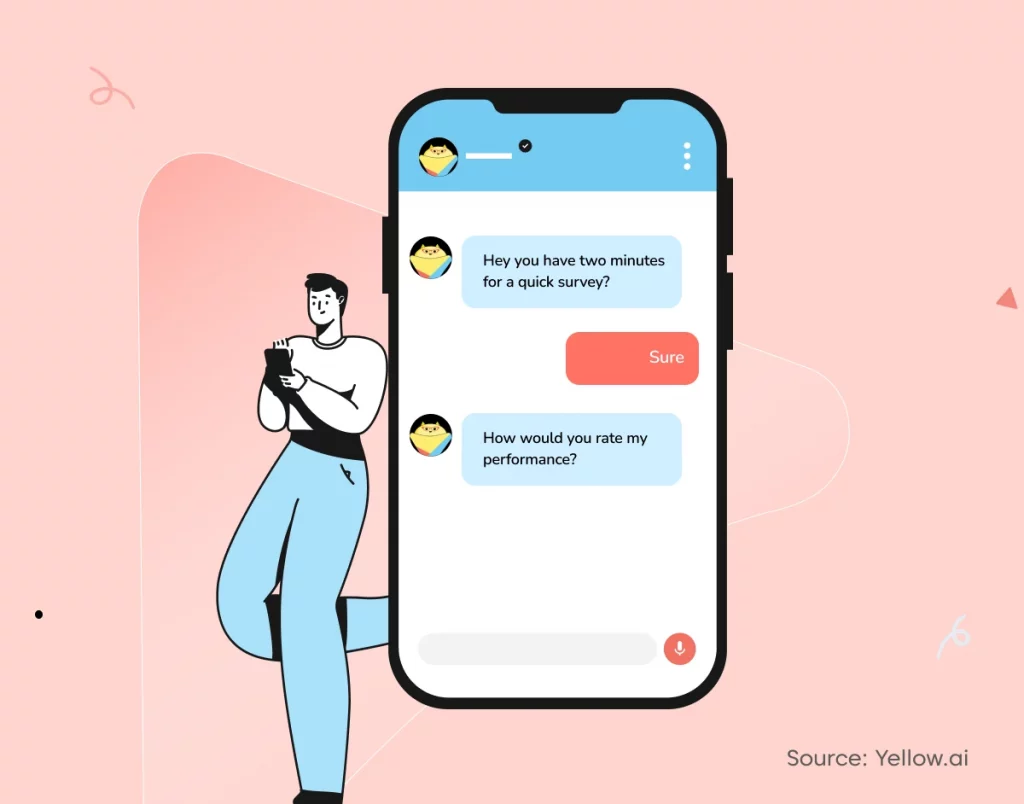When I quit my previous company and was in a transition phase, a few of my friends asked,
“why are you moving to a chatbot application-based organization, it’s just a chat window with predefined commands”.
Truth be told, I spent a large part of my career working on ITSM solution delivery. If you’re familiar with the industry, you may know the kind of precision and accuracy it demands. There is meticulous work on every inch of the process and fair enough since it serves an entire organization with its needs. However, the time spent on reporting, analyzing, fixing, maintaining, and updating is quite frankly a lot.
It doesn’t make sense for me to be stuck on tedious matters that are not just time-consuming but energy-draining. The energy that could otherwise be used for planning, creating and delivering value. I was keen to evaluate the conversational AI capabilities to enhance the ITSM experience. In the last month, I explored a few functionalities that I could confide with friends and reiterate my choice, but beyond that, I can confidently say that a chatbot can help achieve many things to improve the nuances of an enterprise experience.
How do chatbots help with ITSM?
- Multi-layer filtering of Incidents/Requests from User
Most of the ITSM applications are filled with millions of records yearly. The fact is up to 50% of tickets are closed by engineers by providing SOPs/guidelines via chats and emails. When it comes to conversational AI, the chatbot understands the user’s intent, responds and tries to close by sharing the most appropriate answers from knowledge bases. In case the chatbot is unable to understand the user’s concern it can be transferred to a human agent who can then assist and close the issue. In such a scenario up to 20% of tickets can be handled by the chatbot and the rest 30% can be resolved by live agents. This unique combination of using the strengths of chatbots and human beings provides great value to businesses and is key to reducing turnaround time and building efficiencies based on collective strengths.

- Knowledge base/FAQ Management.
Most of the ITSM applications offer Knowledge Base (KB) or FAQs assistance at the product level but the question is how effective is it being utilised? Users are busy and always choose the easy option to raise their concerns either connecting to the IT personnel at the collaboration platform or sending an email to the IT service desk. The adoption of ITSM applications at the end-user level is not great and the knowledge base and FAQs become ineffective. Chatbots can be placed at the user’s fingertips and populate the knowledge base and FAQs more effectively based on user input.

- Omnichannel Notifications
Notifications become powerful when they’re sent to the user’s fingertip. Most of the system-generated emails are ignored by users. Due to the proliferation of social media methods in the IT world, it is generally noticed that notifications sent via WhatsApp or MS Teams/slack, or other collaboration platforms do not get easily missed by the recipient thereby leading to quicker actions, performed by more and more users.

- Reminders for Pending Approvals.
It is common in ITSM that the approval manager misses the emails which he/she needs to approve. Such emails lie in the ‘Awaiting’ state for a long time and the submitter starts following up with the IT team for status. When there is a chatbot in place end-user can always get the request status from the chatbot and initiate a reminder to the approval manager who must then act. As mentioned earlier when the approval manager receives the notification in omnichannel collaboration platforms, the request approval flow becomes seamless and execution of the request will become fast.
- Back office automation
Automations always add additional value to the ITSM cycle. When we look at them from a conversational standpoint, a chatbot can directly initiate certain automated communications with third party systems. For example, if a user requests for specific application access, the chatbot can perform the initial qualification and execute the action at application through an API or if the user is not permitted to get the access, Bot can create a service request on the ITSM application. All such automations helps IT to enable seamless user experience.

- User feedbacks
User feedback is essential to improve the IT service. Most of the traditional platforms fail to capture feedback as users ignore the feedback notifications. When we implement a feedback system at the chatbot level, user acceptance to respond to feedback will increase and proactive follow-ups on feedback notification helps to improve the feedback ratings. The continual improvement of IT service has a crucial role in user feedback.



















